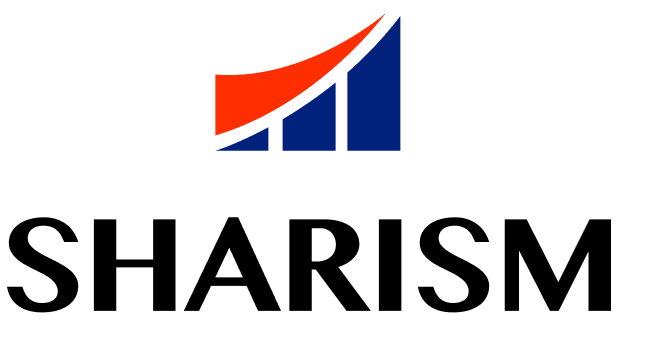What is the Difference Between the Sharing and the Loop Economy?
Are they basically the same or not?
The linear economy is different from the circular economy, which is more sustainable and better for the environment. Numerous economic studies show that any closed system, whether in nature or in finance, eventually reaches a state of entropy where the wheels begin to slow down. And then stop completely. This is a natural result, say scientists, of the inevitable aging and disintegration of cogs of the wheels. Just as a forest eventually turns into either a bog or prairie, a closed financial system slowly comes to a stop and begins to break down into simpler components. The sharing economic model, on the other hand, continues to reinvent itself and thus continues to renew itself.
In a linear economy, resources are taken from the ground, then used to make goods, which are then sold. When these items reach the end of their useful life, stop working, or are no longer wanted, they usually end up in a landfill or are only partially recycled or downcycled.
In a circular economy, all of the resources are meant to be used in a single closed-loop system. The goal is to get rid of all waste.
Materials are only changed from one form to another, broken down, and used over and over again in other manufacturing processes in a way that doesn’t hurt the materials in any way.
Sharing economy
The term “sharing economy” refers to when several people trade goods or other types of resources with each other. Sharing economy examples are becoming more common and easy to spot. One example is a library that rents out tools instead of books. AirBnB is a website where people can rent out extra space in their homes as an alternative to staying in a hotel.
Two examples are tool libraries and AirBnB
Sharing means making things and resources that already exist available to more people so they can be used to their fullest potential. Sharing depends a lot on either getting access to products through a membership (like car sharing or resource files) or getting to know other people.
The main focus of the loop economy is on making goods and then disassembling and recycling those goods into parts that can be used to make new goods. It takes care of the raw materials and makes sure they don’t get thrown away or cause pollution. In some cases, this could mean that a company makes its products so that they can be completely taken apart, the parts recycled, and the whole thing put back together again. In other cases, this could mean that several companies or manufacturers work together to make an ecosystem where a company’s “trash” is another firm’s raw materials.
The sharing economy is all about how we use things over the course of their useful lives.
We can make a tool that can be sent back to the original maker to be completely recycled into new tools. However, for this tool to be considered part of the sharing economy, it would have to be rented or borrowed from a tool library. If everyone had their own version of the tools used in the loop economy and kept them in storage most of the time, you would have the circular economy, but there would be no sharing. You can also share tools that don’t have a plan for when they’re done and can only be recycled partially, if at all. This is also a choice.
So, the sharing economy and the circular economy don’t have to happen at the same time, but they can and should.

